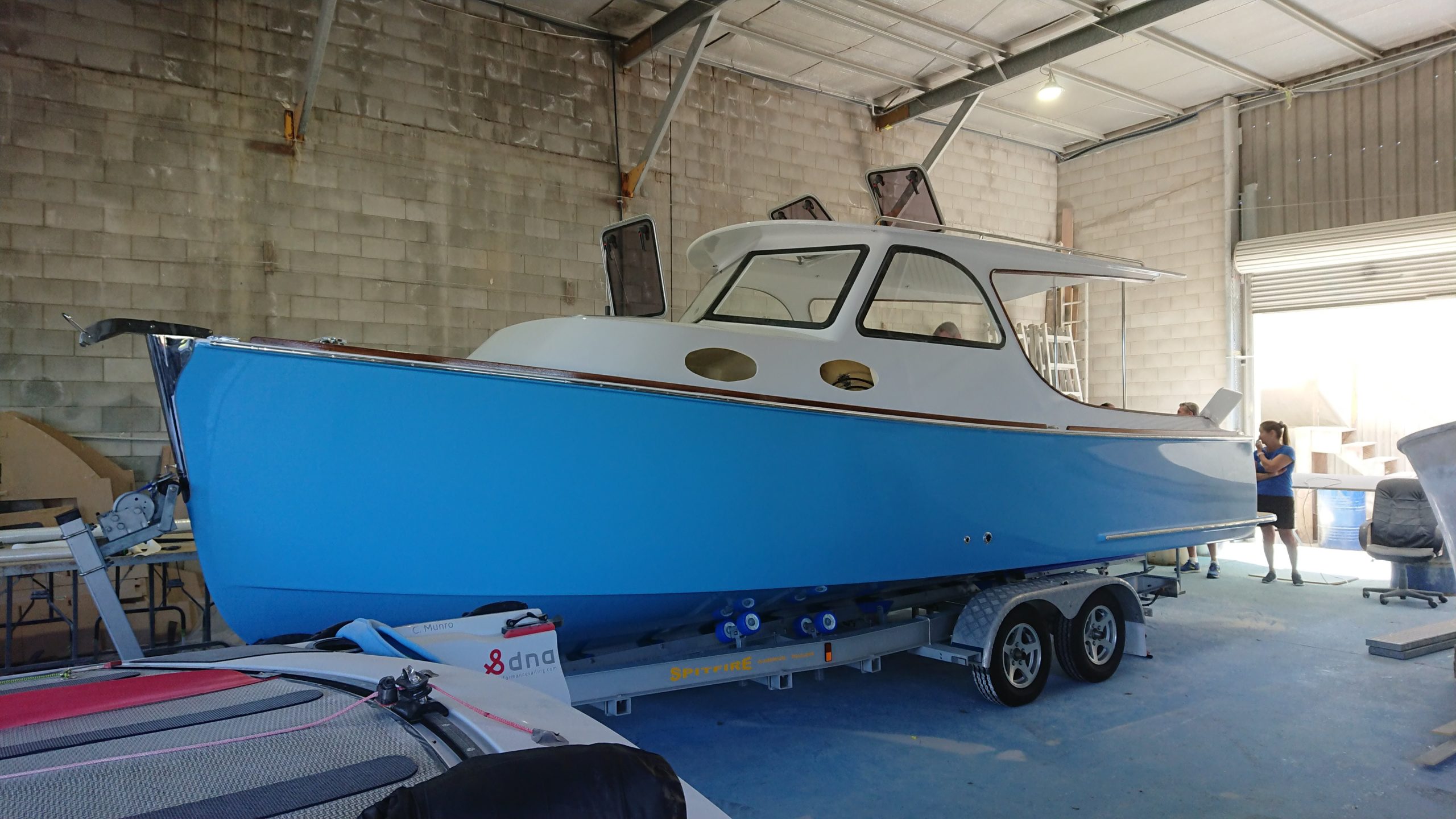
Noosa Marine has completed the first of two Roger Hill-designed Noosa Cruiser 750’s.
Named “Bliss”, the compact, 7.5-metre monohull is having final finishes to its upholstery ahead of delivery to its Noosa-based owners.
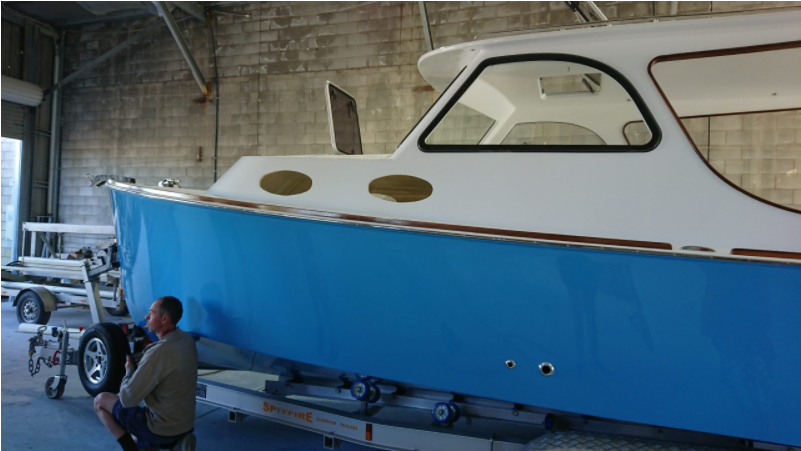
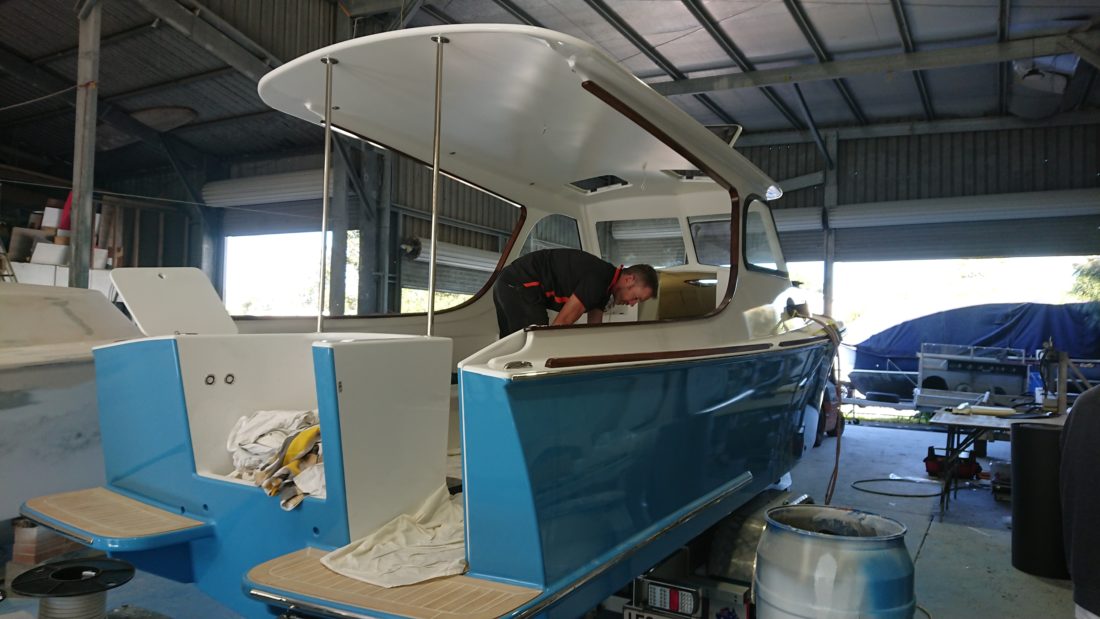
Julian Griffiths, Director at Noosa Marine said “It’s wonderful that both of the new Cruisers will stay local and enjoy our wonderful waterways”.
The trailerable power boats are 2.4-metres wide, with an array of custom features designed into the boat, including extended roofline and forward flare, tumblehome aft and teak trims.
There’s a cockpit shower and full-length seating that converts into day beds. The aft is self-draining, eliminating the need for a bilge.
Below decks, a V-double berth, enclosed toilet and galley means owners will be totally comfortable spending nights or weekends on board. It’s powered by a 115hp outboard engine, making this the ideal weekender and day boat for cruising on the Noosa River, or equally the Gold Coast Broadwater, Moreton Bay or Sydney Harbour.
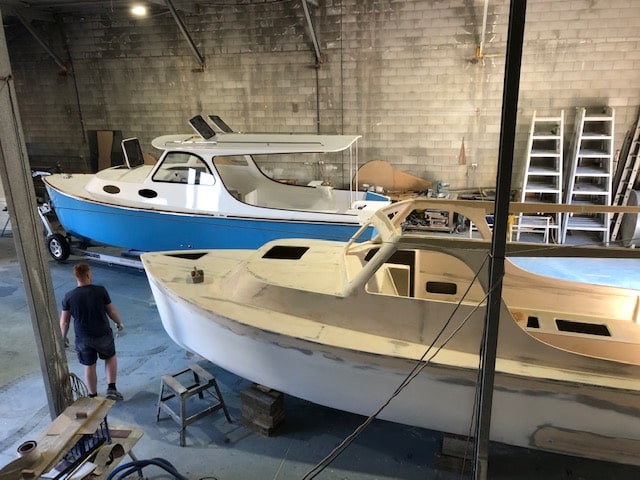
Both Cruisers were built using DuFLEX foam core panels, cut-to-order by ATL Composites and the transoms were made from Coosa panels, high density polyurethane foam reinforced with layers of fibreglass, also from ATL.
The hulls were planked with DuFLEX/Foam Composite Strips, developed by ATL Composites to conform to highly convex or concave contours, and can provide up to 50 percent of the total laminate.
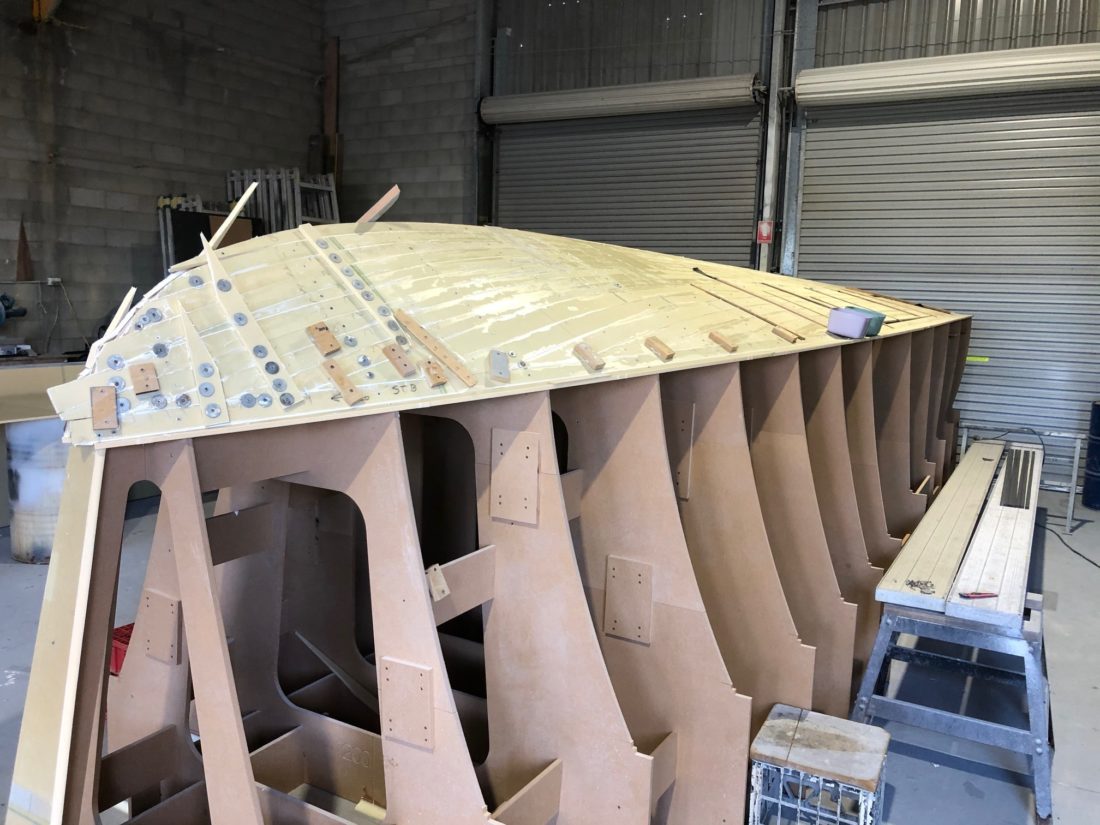
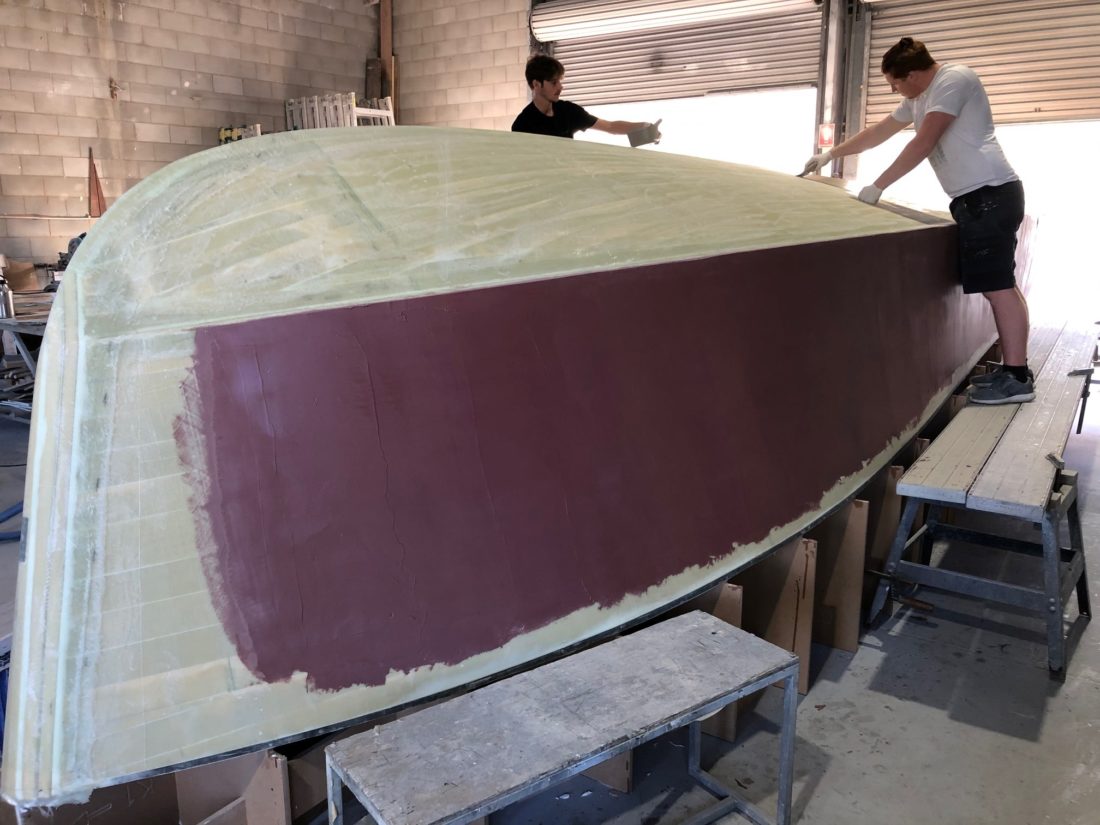
An advance in marine strip planking construction, DuFLEX/Strip Panels are laminated with unidirectional reinforcements in a 1200mm x 2400mm sheet and machined with Z-Joints on both 1200mm edges. These panels can be joined to the full length of the project and ripped into strips on-site.
“Working with DuFLEX is brilliant for boats that are quicker, lighter and stronger,” said Julian. “Our boats are custom-built by hand. We use widely spaced temporary build frames that are CNC-routed from design files to the required shape, then for large parts, like the hull, we bend the flat panels around the frames, ensuring a fair hull shape.
“DuFLEX panels reduce construction time and optimise structural weight in high performance composite structures,” he explained.
“It reduces time consuming laminating, coring and vacuum bagging steps normally required to fabricate high performance composites, and it also reduces material waste, labour and tooling costs.”
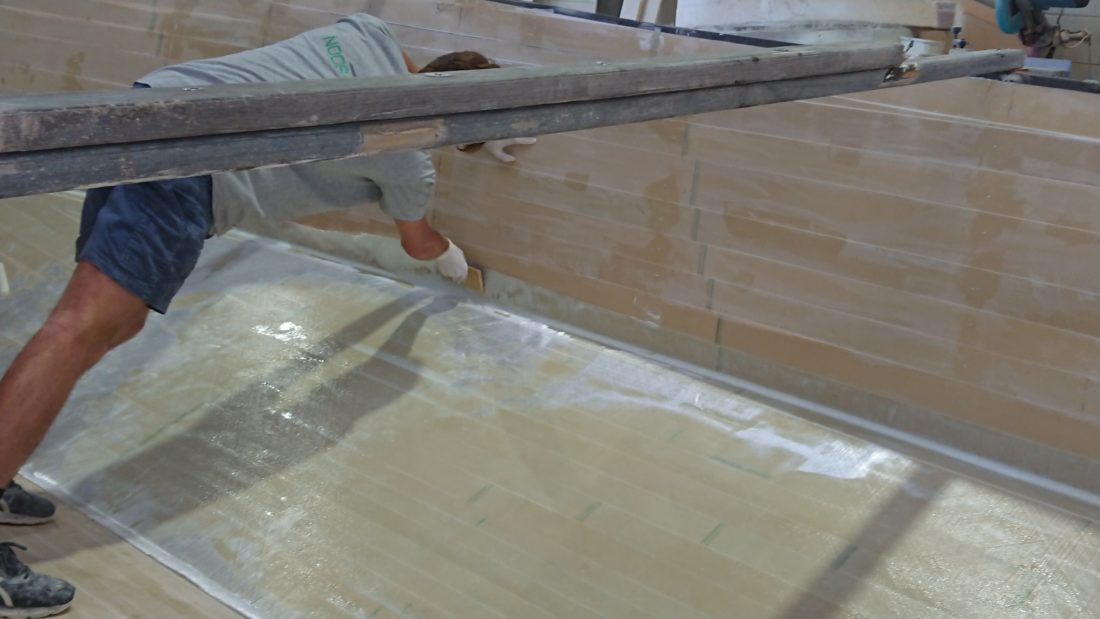
More at www.noosamarine.com.au and www.atlcomposites.com

